The pandemic has affected, touched and changed all of us. At the height of the global health crisis, when we were locked down, alone and trying to cope with our individual hardships, street artists were expressing our collective feelings through their work. They showed their support to frontline workers, urged us to stay home and added messages of hope, comfort and resilience. Now that the world is slowly opening up again, we highlight the ways street artists are reflecting on and celebrating our (almost) post-pandemic world.
New Techniques
New Jersey-based artist Joe Iurato’s personal reflection on life during the pandemic resulted in his solo exhibition “Cabin Fever”, on view at the New York Taglialatella Galleries last July. “My art is autobiographical in a sense. It’s the experiences of my own life that shape the narratives of my work. Sometimes the changes are subtle, but occasionally they take me on an entirely new path of discovery,” Iurato says.
“What the pandemic did to me creatively is difficult to explain. At first, it shut me down completely. I couldn’t draw or paint anything. But later on, all those emotions and blocked ideas came rushing forward, which ultimately resulted in the ‘Cabin Fever’ show. A lot of those ideas, even techniques and colour palettes, were new to me. They just happened. And they felt right. Moving forward I’ll continue to paint what feels right, likely reintroducing some of those techniques and ideas that were sparked by life during lockdown. How the world moves forward. How it evolves and shapes itself post-pandemic. It will all influence my work. Day to day. Whatever that looks and feels like.”
Dit bericht bekijken op Instagram
Dit bericht bekijken op Instagram
Argentinian graphic designer and street artist Pum Pum experienced something similar: “There are many issues that arose from the pandemic, it made us all look inward, rethink many things from a personal, professional and universal perspective. In my case, the pandemic led me to create many workshop jobs that opened the doors to new graphic forms, tools and techniques, with more time to experiment, observe, draw and paint. I see everything differently now, using materials and forms that were unknown to me before we were forced to isolate.”
Dit bericht bekijken op Instagram
Dit bericht bekijken op Instagram
Women In Street Art
Latin American female artists like Mariela Ajras, Eva Bracamontes and Gleo are reclaiming their place in a male-dominant discipline. Through their work, they’re showing their communities that street art has nothing to do with gender, and everything to do with self-expression and defending universal human rights.
“For me, women in street art, as in other disciplines, has always been eclipsed throughout history. The women who are painting in the streets today have a commitment to reclaim, inhabit and transgress the public space that excludes us,” says Colombia-based Gleo. “During these hard times, I’ve worked hard to show that my art is not a matter of gender, but ability. It’s not a matter of origin, but universality, and it is not a matter of age, but discipline.”
Dit bericht bekijken op Instagram
Dit bericht bekijken op Instagram
Going Digital
For Argentinian street artist Nicolás Romero, the pandemic was a time to get resourceful – and embrace the digital: “During lockdown, artists had to look for other ways to exhibit their works. For example, many colleagues began making murals inside their homes. There were also projects where street art façades were shown virtually.
“Technology became much more connected with art, because it was the only possible way to experience it at that time. In my case, I devised an Instagram filter together with a developer so that works could be seen outdoors. There was a lot of experimentation with digital tools, which is now going to be a permanent format. On Instagram we can see a mural that someone finished in Tokyo within minutes of completion. That is interesting, but let’s hope that the experience of the user’s live contemplation is not lost, because that’s the important thing. There is nothing that beats seeing the mural live, with its architecture, cracks, even the weather…”
Dit bericht bekijken op Instagram
Dit bericht bekijken op Instagram
Fellow Argentinian street artist Tec Fase shares the view that, while technology played an important role during the pandemic, the experience of live art is irreplaceable: “The world art scene had already been showing some changes that were accelerated by the pandemic, such as the increased use of technology and virtual exhibitions, but faced with the possibility of being physically present, it played a more decorative than functional role.”
City Support
Tec Fase also noticed another tendency in street art brought on by the pandemic: widespread support from local governments: “Street art is characterised by the cultural exchange between artists from all latitudes. An Argentine artist, for example, may be invited to paint a mural in Europe and vice versa, thus facilitating a vast network of festivals, invitations and exchange of works. This inevitably changed due to travel restrictions and increased local production, creating a kind of cultural protectionism. Since public money, usually designated for large events, was left unused, murals became a smart and politically correct way to apply public money from cultural budgets while encouraging outdoor activities.
“The city of São Paulo is a clear example of this, and in recent months we have seen a striking resurgence of large-scale murals, something that had already been happening in recent years but has increased considerably. The Rua Art Museum (MAR), which is funded by the city council, has tripled its budget in 2021 for the creation of art on building façades – something that, of course, the city and the artists, deprived of so many possibilities due to the pandemic, appreciate greatly.”
Dit bericht bekijken op Instagram
Dit bericht bekijken op Instagram
A return to transatlantic artistic collaborations, however, may happen sooner rather than later, if a recent Paris project is any indication: French street artist Da Cruz and Californian illustrator AJ Dungo have worked together to realise a colourful 25-metre mural of a human face emerging from the waves. Still, the work is an example of a publicly financed project, coming about with support from the French American Mural Art (FAMA) programme of the US Embassy during local festival Ourcq Living Colors.
Dit bericht bekijken op Instagram
Dit bericht bekijken op Instagram
Reclaiming The City For Young And Old
Since meeting indoors was (and still is not) happening in many places around the world, street art has offered an impetus to – safely – gather outdoors. One example is “Punto de encuentro” (“Meeting Point”) in Buenos Aires, according to artist and organiser Jorge Pomar. “This show could have taken place in an indoor gallery. However, it became a one-day pop-up group show in a small, semi-hidden square near MALBA,” he notes. “I organised this project in October 2020 together with Julia Sbriller, Roberta Di Paolo, David Pitucardi and Maruts Ballet, where we showed paintings, drawings and photographs hidden among the trees. The show functioned not only as an exhibition, but also as an emotional support: a perfect excuse to meet after so many months of distancing.”
Dit bericht bekijken op Instagram
Dit bericht bekijken op Instagram
Similarly in Toronto, a city proudly embracing and supporting street art, the duo Clandestinos, artists Bruno Smoky and Shalak Attack, created “REFLECTIONS” on a 4,180-square-metre parking lot turned outdoor patio, as well as an adjacent wall. The work, realised in collaboration with Collective Arts Brewing, is a true colour-blast, and “a visual story of triumph, optimism, and community growth” that celebrates finally coming together after months of lockdown.
Dit bericht bekijken op Instagram
Dit bericht bekijken op Instagram
In Rome, small images of children playing with ancient toys popped up everywhere on traffic signal boxes last May – exactly at children’s height. It was part of “Il tempo delle noci” (“The Time of Walnuts”), a project of artists David ‘Diavù’ Vecchiato and Giovanna Piergentili. The phrase was used to describe childhood in Roman times, when children used walnuts as toys – so much so that “relinquere nuces” meant the passage from childhood to adulthood.
“The idea was to bring the children back to the city streets after the many restrictions they have suffered due to the pandemic, and even the horrible accusations that they were ‘infectors’,” Diavù says. “Also it’s to emphasise the necessity of play in children’s lives (and not just children!), using art as an expressive potential, as a language with which to convey these positive feelings.
“Personally I would like to see that these 100 stencils that I hand-painted one by one in the streets of my city, are going to be strong incentives for little ones to express their own creativity, to take back their real spaces, and let them be children again.” The artworks were combined with ten street art workshops that allowed children to play with ancient games and express their emotions in paint on urban walls.
“Il tempo delle noci” came about with the support of MURo Association (the Urban Art Museum project of Rome) which Diavù runs, in collaboration with toy brand Il Città del Sole and the city of Rome.


Messages Of Hope
At the peak of the pandemic in Los Angeles, locally based artist Corie Mattie became known in her city and beyond as LA Hope Dealer, spreading messages of hope in bold black letters on a striking yellow background. “When everyone stayed in, I ventured out into empty streets to find walls to spread my messages on,” she recalls. “I really hit my stride and gained my voice, and now that we’re transitioning out of the pandemic, my art is still about the issues at hand. I have done a series of walls in which I draw similarities between the pandemic and other issues, whether it’s racism or freeing Britney. They’re clever messages, but also have a deeper meaning. I try and make people change their perspective.
“I believe it’s about good timing, as well as connecting at a very human level. People sometimes forget that we’re all human beings.”
Dit bericht bekijken op Instagram
Dit bericht bekijken op Instagram
[Opener image: LA Hope Dealer, photo: Jay Jones, teaser image: Il tempo delle noci, Diavù]

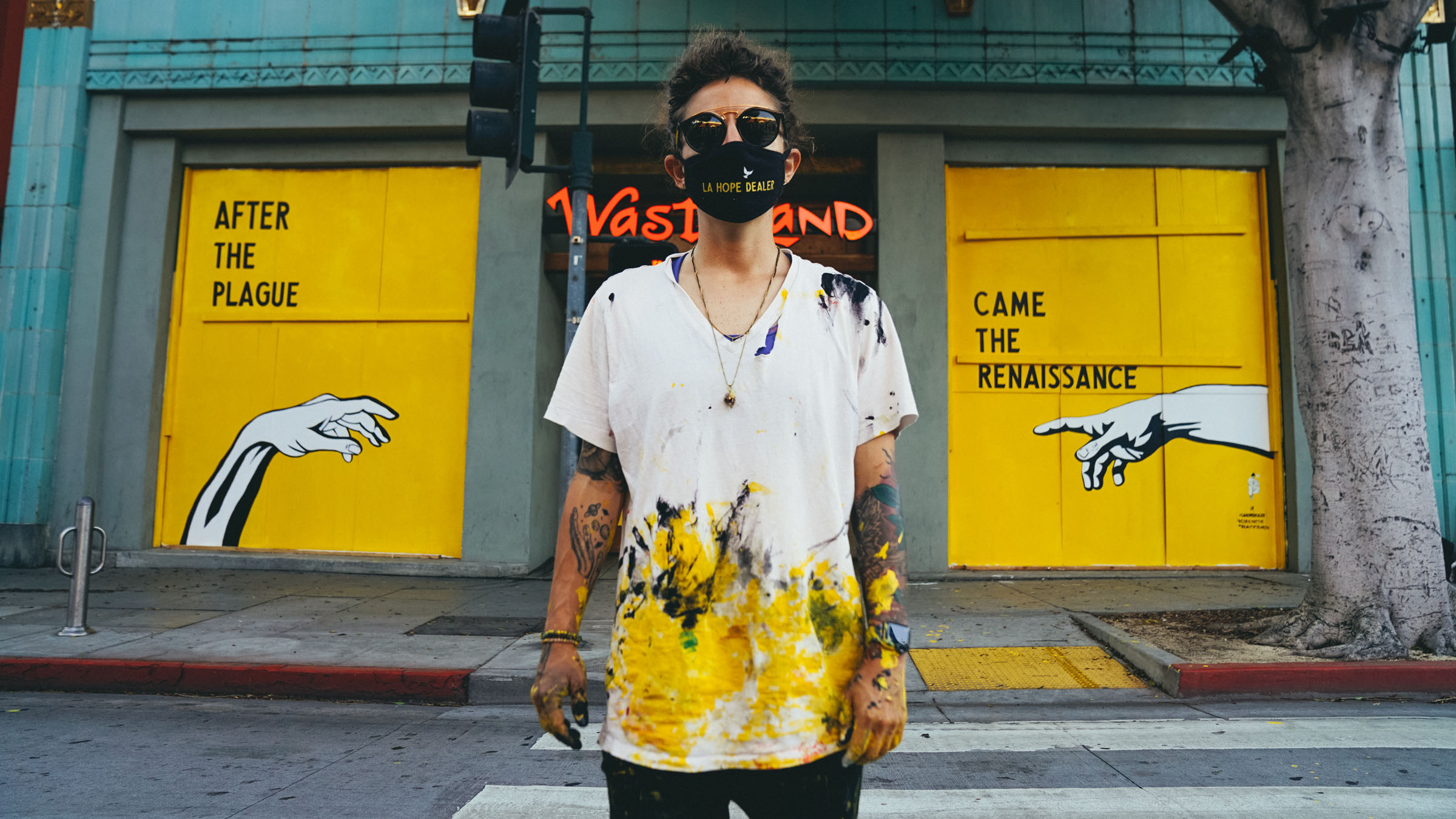
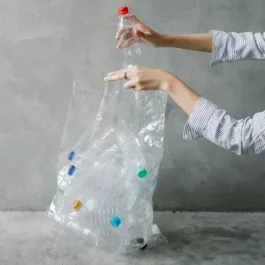
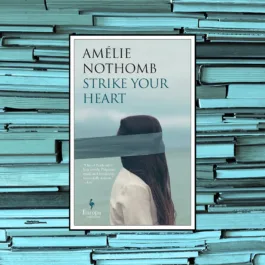
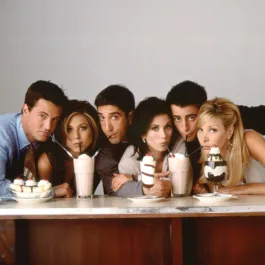
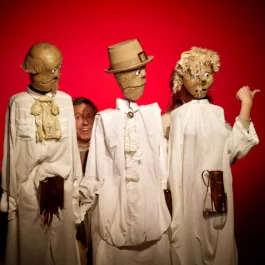
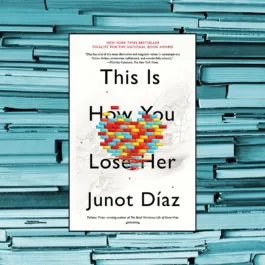
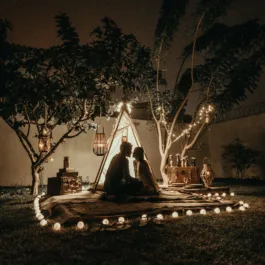
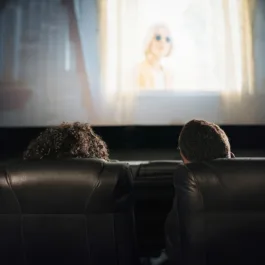
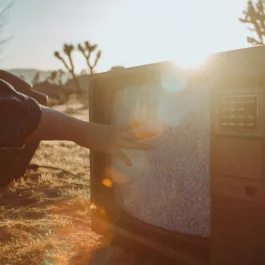
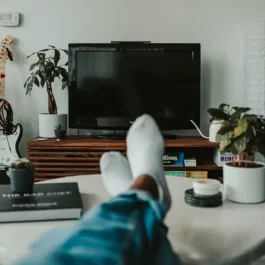
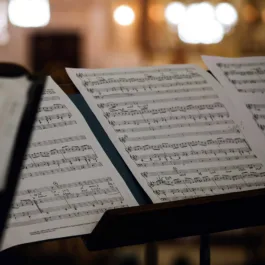
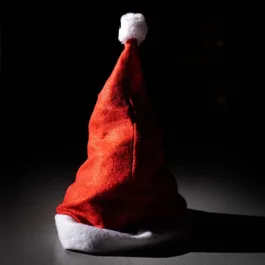
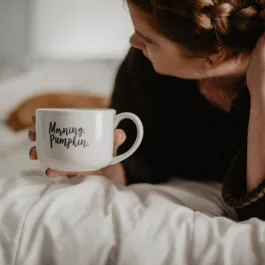
Sorry, the comment form is closed at this time.